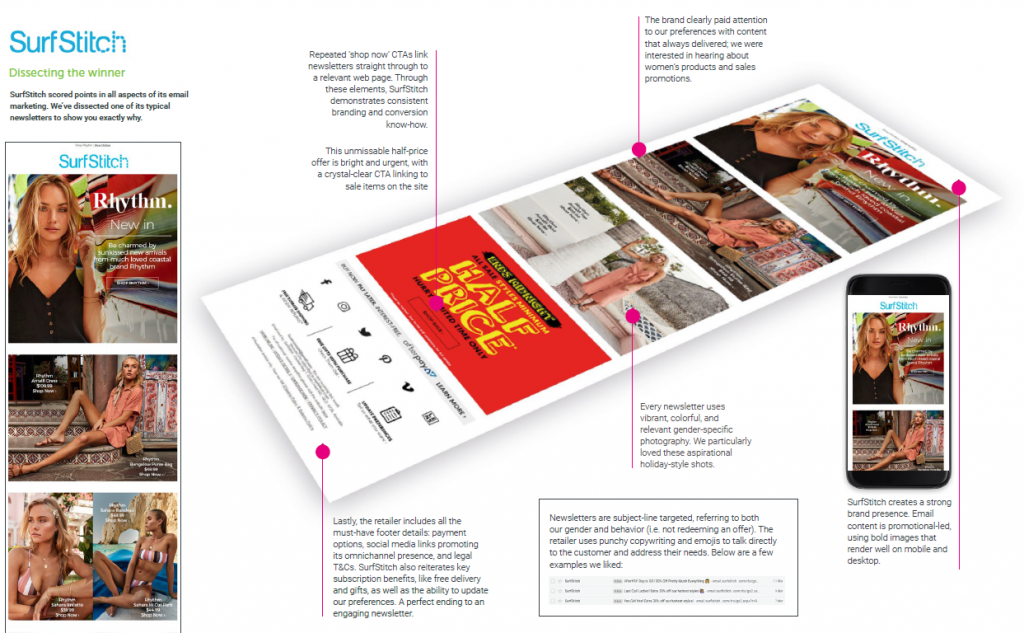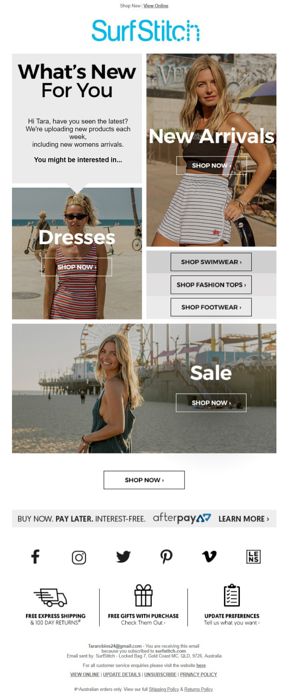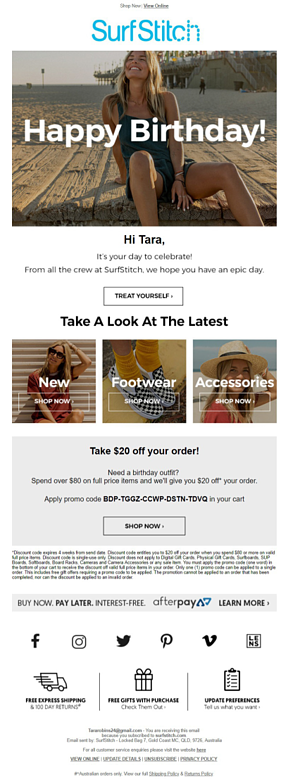Why Australian Retailers Are Leading The Way In Customer Experience (CX) 


Today’s digital era has enabled the retail industry to constantly reinvent itself. All the new technologies stimulate disruption and provide retailers with a wide range of tools to enhance customers’ interaction. Brands can delve into consumer data and create meaningful connections.
The recently launched 2019 Hitting the Mark report by dotdigital revealed how APAC brands are performing in their digital efforts to improve customer experience (CX).
The report scores companies of all sizes and sectors based on their online customer journey, marketing campaigns, and engagement strategies.
When it comes to customer engagement, the majority of APAC retailers support mobile shoppers at a basic level, through responsive emails and checkouts. Some of them also roll out the red carpet for new customers, triggering branded welcome emails. Moreover, brands are offering customer communication via other channels, such as SMS, social media, and mobile apps.
Email content is still the king
You may have read this a thousand times before, but quality email content remains the key to improving customer engagement and growing your customer database. Retailers with strong email campaigns, powered with quality and personalised content, are the ones to cut through the noise and trump the competition in this challenging market.
Timeliness, personalised subject lines, a good brand introduction, and a quick call to action are some of the important email features that can encourage a positive action from customers.
According to dotdigital’s benchmarking report, among 30 retail brands across ANZ and Singapore, only 38% scored on email relevancy, while 48% performed well for email best practices.
Surprisingly, one in three companies did not send an abandoned cart email, but on the other hand, 97% have a triggered welcome email campaign in place.
The report further highlighted that 80% of the respondents offered newsletters and an email subscription.
Post-purchase experience
It’s common for retailers to neglect the post-purchase experience when this is in fact as important as the beginning of the customer journey. By not providing any form of aftersales communication, brands miss out significantly on opportunities to reach customers at critical moments of their journey.
Interestingly, the survey shows 43% of brands did not send a product review request, ultimately losing out on advocacy.
Sending a post-purchase email not only makes customers feel important but allows brands to collect and action customer feedback on both products and the overall shopping experience.
Personalisation and omnichannel experience (OX)
According to the report, 60% of brands do not practice basic segmentation and fail to take into consideration individual consumer preferences and needs. It also revealed that companies only scored 20% for their omnichannel experience.
Consumer insight is key to creating a marketing strategy that maintains customer conversion and retention.
By leveraging automation techniques, brands can engage with their customers in a timely manner while showcasing a unified brand message across all platforms.
Therefore, investing in building personal connections with online consumers is pivotal for companies looking to drive valuable engagements and differentiate themselves. Retailers that favour less-advanced automation techniques fail to connect with their customers at the right time through the right channel.
Technological advancements have empowered companies to tap into consumer behavioural data and automate their marketing campaigns to deliver exceptional online experiences.
Brands that adopt an omnichannel strategy can reach consumers with a consistent message across all channels. With the latest technology coming into play, marketers will be able to gather deeper insights about their customers through e-receipts, click-and-collect initiatives, behavioural tracking, and re-targeting with Facebook ads, for example.
Brands that are doing well
According to the dotdigital report, the most successful brands are promoting their omnichannel presence by adding social media links in the footer of their newsletters. Mobile apps, which supplement websites with consistent experiences, were also featured with strong calls to actions.
SurfStitch emerged as the leader for email marketing.

The brand is using a data-driven approach to welcome new subscribers, sending them an ‘At Your Service’ welcome email. Stylish photography and engaging content across its campaigns make it easy for consumers to get in touch with the retailer by using automated questions on Facebook Messenger.


The Iconic came in second. The brand was a clear leader in last year’s report and continues to excel in almost every area of digital marketing. Flawlessly optimised messages for mobile, well-rendered images and easily-tappable CTAs; The Iconic makes the most of every email that is sent to customers.
The abandoned cart email is exemplary; key information, which included a compelling offer and clear CTA, was presented attractively and above the fold. Finally, the varied use of models (of all shapes and sizes) stood out in The Iconic’s photography; such inclusivity highlighted that the retailer is very mindful of its full range of customers.
Cotton On’s digital initiatives are highlighted in the company’s great customer segmentation, however, the brand focuses on sales promotions while neglecting readers of any editorial content.

Zalora, HipVan (online furniture retailer in Singapore), EziBuy, Adore Beauty, Youfoodz, Officeworks, Kogan are the brands that made it to the Top 10 list.
In the current retail landscape, brands need to focus on being customer-centric, mobile-friendly, and content-rich to create an excellent marketing campaign that hooks and retains consumers.
Therefore, brands aiming for success need to move beyond one-way communication and into personalised customer experiences that reach customers at the right time and through the right channel.









